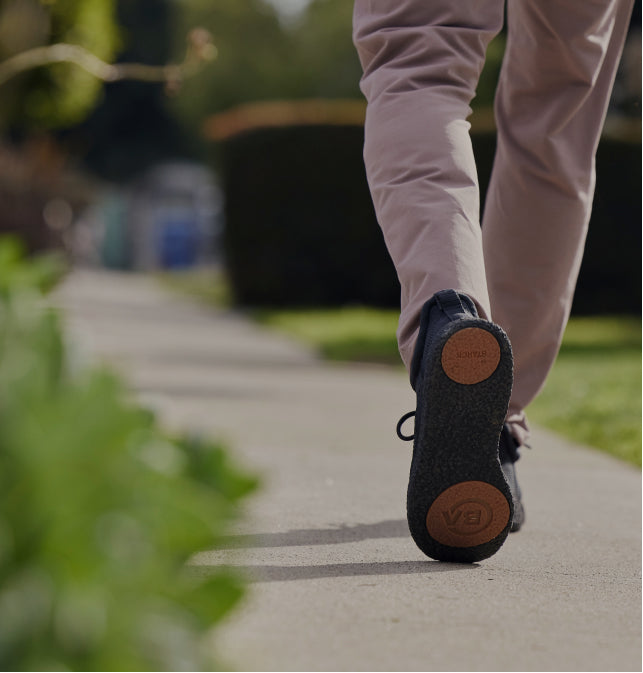Think about it–every move forward begins with our feet. There is no better location on the body to evaluate the components and quality of our walking than at our feet. What, then, if our feet could communicate with us? Could they tell us how to improve the way we walk to maximize health benefits and comfort while minimizing fatigue, and helping to reduce back pain and prevent injury?
Thanks to Baliston’s revolutionary technology, now they can.
Stay connected at every step
By monitoring key aspects of your walking gait, you gain insight into your health and well-being, receive coaching on how to maximize comfort, minimize fatigue, help reduce back pain, and help prevent injury, while incentivizing you to move more and move better. If your Baliston Connect™ app is showing you metrics, but you want to know more about what they mean and why they matter, then you've come to the right place. Be sure to check back over time as we will continue to add new features and metrics for you to enjoy!
To better understand the metrics, it is important to understand the phases of walking commonly known as the gait cycle. The gait cycle describes the cyclical pattern of movement that occurs while walking. A single gait cycle starts when the heel of one foot impacts the ground and ends when that same heel impacts the ground again.
As the diagram illustrates, the gait cycle can be broken down into two primary phases, the stance and swing phases, which alternate for each leg. The stance phase consists of the entire time that a foot is on the ground. The swing phase consists of the entire time that the same foot is in the air.






